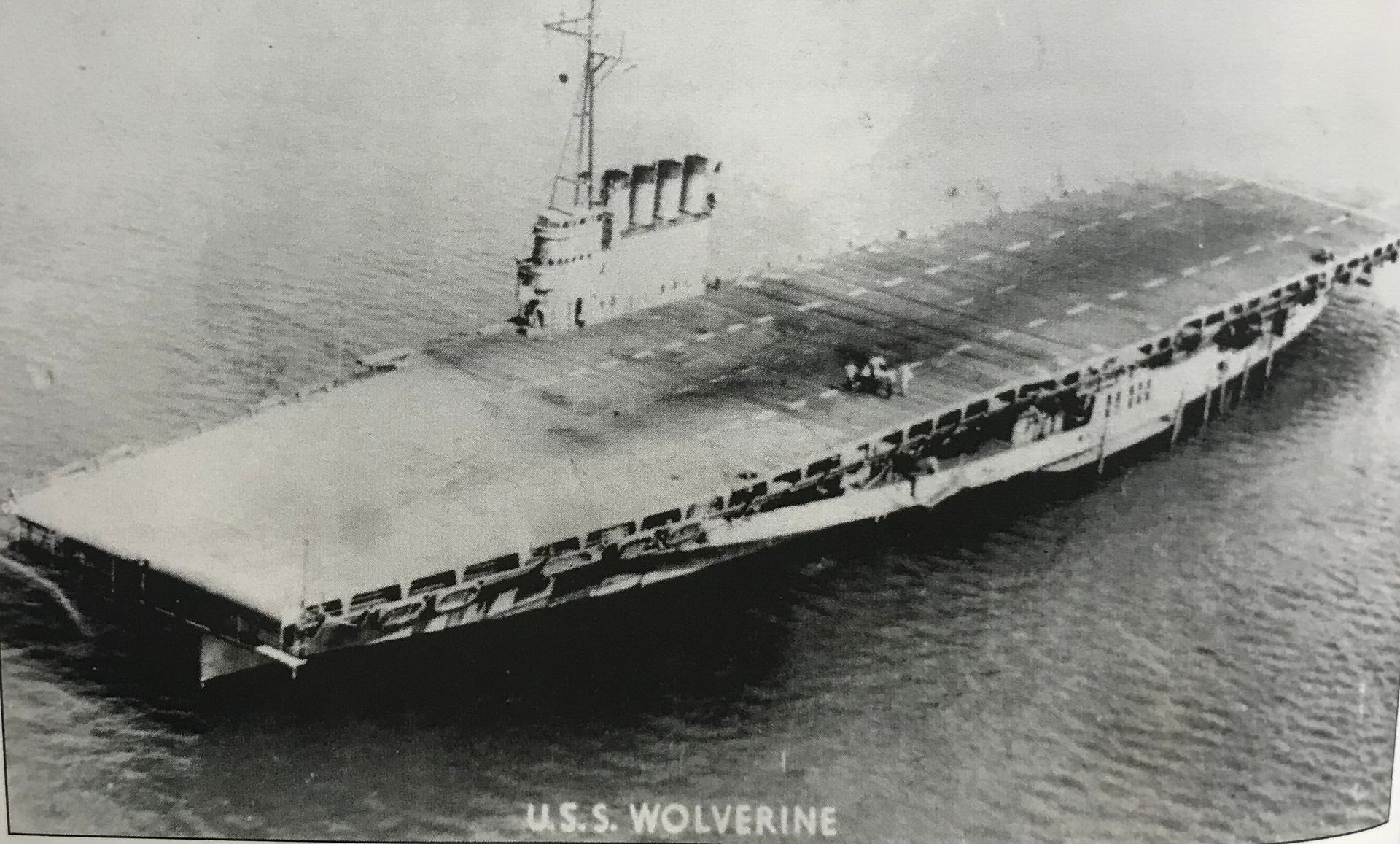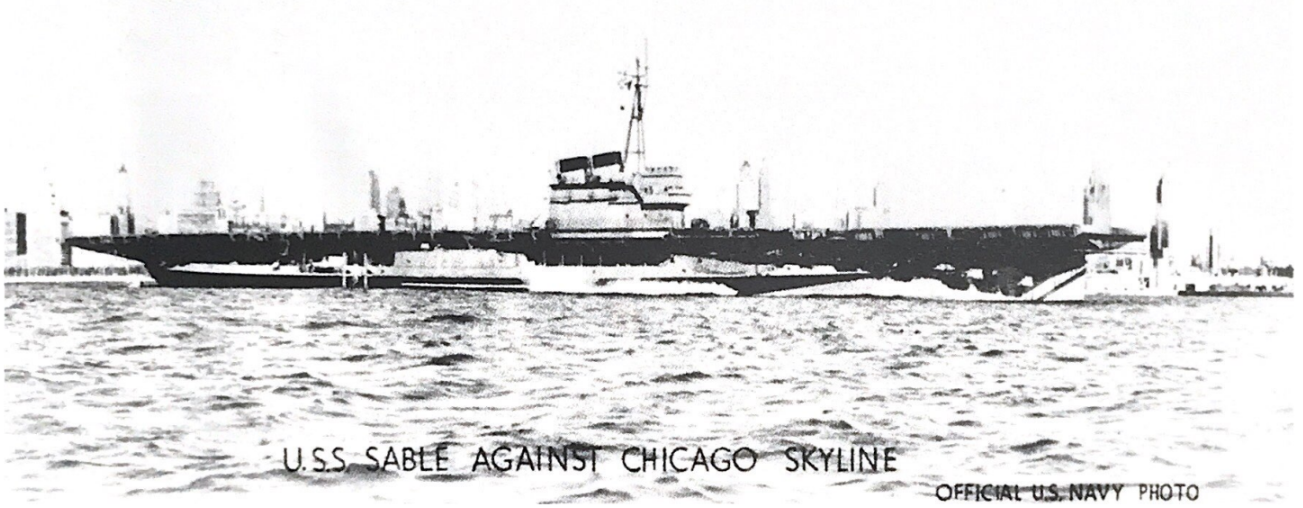OPEN SATURDAY & SUNDAY from 1pm-4pm
7/13/2023
Carrier Qualification Training

Slide title
Write your caption hereButton
Slide title
Write your caption hereButton
Slide title
George H.W. Bush (middle) flanked by torpedo bomber crew members
Button
After the Japanese attack on Pearl Harbor on December 7, 1941, the US quickly galvanized into preparing for war—Glenview included. Formerly known as the Naval Reserve Aviation Base (NRAB), NASG, under the command of Lieutenant Commander G. A. T. Washburn, received an appropriation of $12.5 million to turn the base into a large-scale naval aviation training facility. In October 1942, NRAB Chicago officially became a formal Naval Air Primary Training Command before the Department of Navy redesignated it as a naval air station in 1943.
Simultaneously, NASG became a cradle of innovation as the birthplace of the Carrier Qualification Training Unit (CQTU). Particularly for the war in the Pacific theater, the US needed to train a large number of pilots, as aircraft carriers were the primary base of operations. However, German U-boats and Japanese submarines on both coasts posed a constant threat, so Commander Richard Whitehead spearheaded the idea to convert Great Lake steamers into training carriers and train pilots in the safe inland waters of Lake Michigan.
In August and September 1942, luxury steamers
Seeandbee and
Greater Buffalo
were recommissioned as USS
Wolverine and USS
Sable respectively. The CQTU trained 7 days a week with pilots making over 135,000 take offs by the end of World War II, and the 2 coal-fired, paddle wheel carriers were berthed at Navy Pier in Chicago when not underway. Due to training accidents, approximately 130 to 140 planes were unfortunately lost in Lake Michigan. 10 were immediately recovered during CQTU operations, and it is estimated that there have been 50 recovered in later years, some of which have been restored and put on display at various locations throughout the country, including at the O’Hare and Midway airports.
From the 15,000 Navy and Marine pilots who qualified, there were numerous men who would go on to become important figures in US history. Among them was future president of the United States, George H.W. Bush, who qualified aboard the
Sable, became the second youngest navy pilot of WWII, and was awarded the Distinguished Flying Cross. Another famous figure in aviation history was Ensign Charles S. Downey, the youngest naval aviator in WWII. In fact, Downey wrote a letter to former President Bush after Bush claimed to hold the title at age 19, not knowing that Downey was actually 11 days younger, and the two later met in Bush’s residence to reminisce about their days flying for the Navy. Downey would go on to earn the Distinguished Flying Cross for his heroic actions in the Pacific and became the Captain of the Naval Reserves at age 39—the youngest man in the history of the Naval Reserves to attain that rank.
Unfortunately,
USS Sable
and
USS Wolverine were decommissioned at the end of the war and ultimately sold for scrap. However, some of the trusses that held up the landing deck on
USS Wolverine
were secured by architect Frank Lloyd Wright and are actually still the suspension holding up the visitor center at Taliesin. Even decades later, parts of the former Great Lake steamer are still around and doing their job!
If you would like to learn more about the CQTU or want to see some of the artifacts, such as the Landing Signal Officer paddles from the carriers or the TBM Avenger engine recovered from the lake, for yourself, please come to the museum to check them out! We are open from 1-4PM Saturdays and Sundays, and a docent would be more than happy to show you around.
NASG MUSEUM LOCATION
2040 Lehigh Avenue, Glenview, IL 60026
PUBLIC HOURS
Saturdays & Sundays from 1pm - 4pm
CONTACT NUMBER
1-847-657-0000